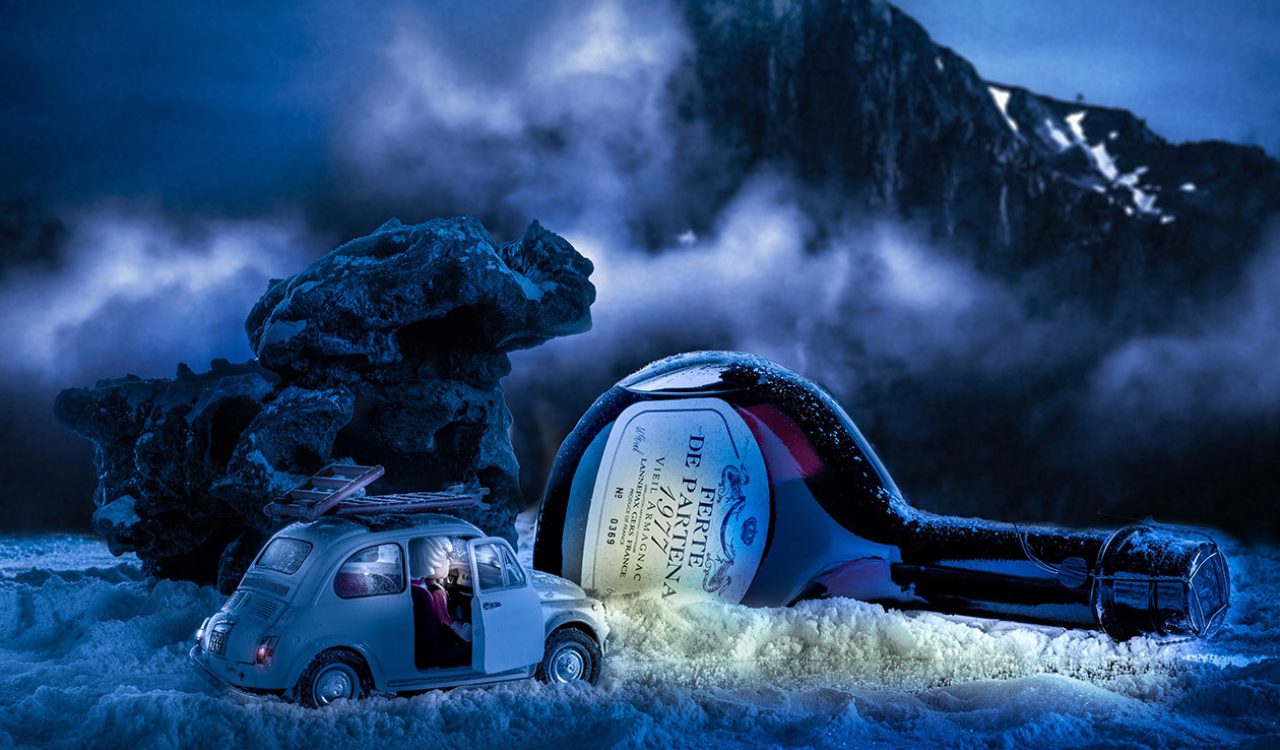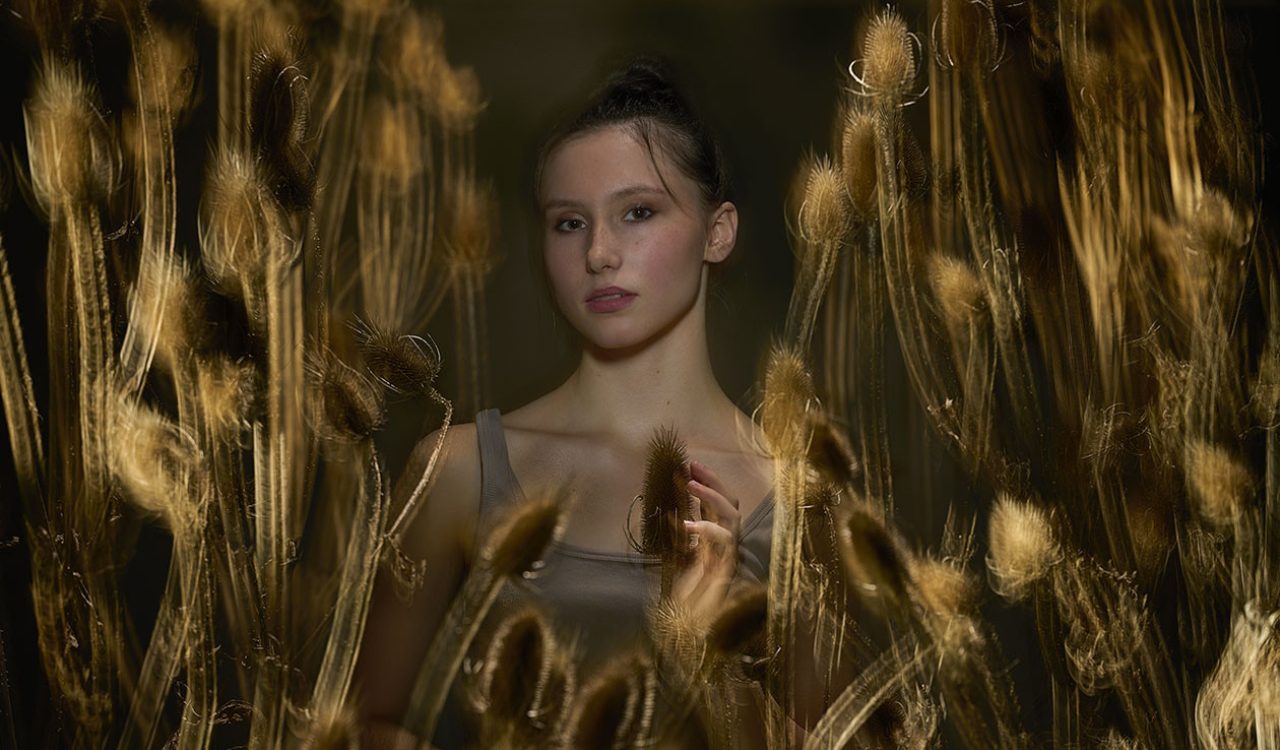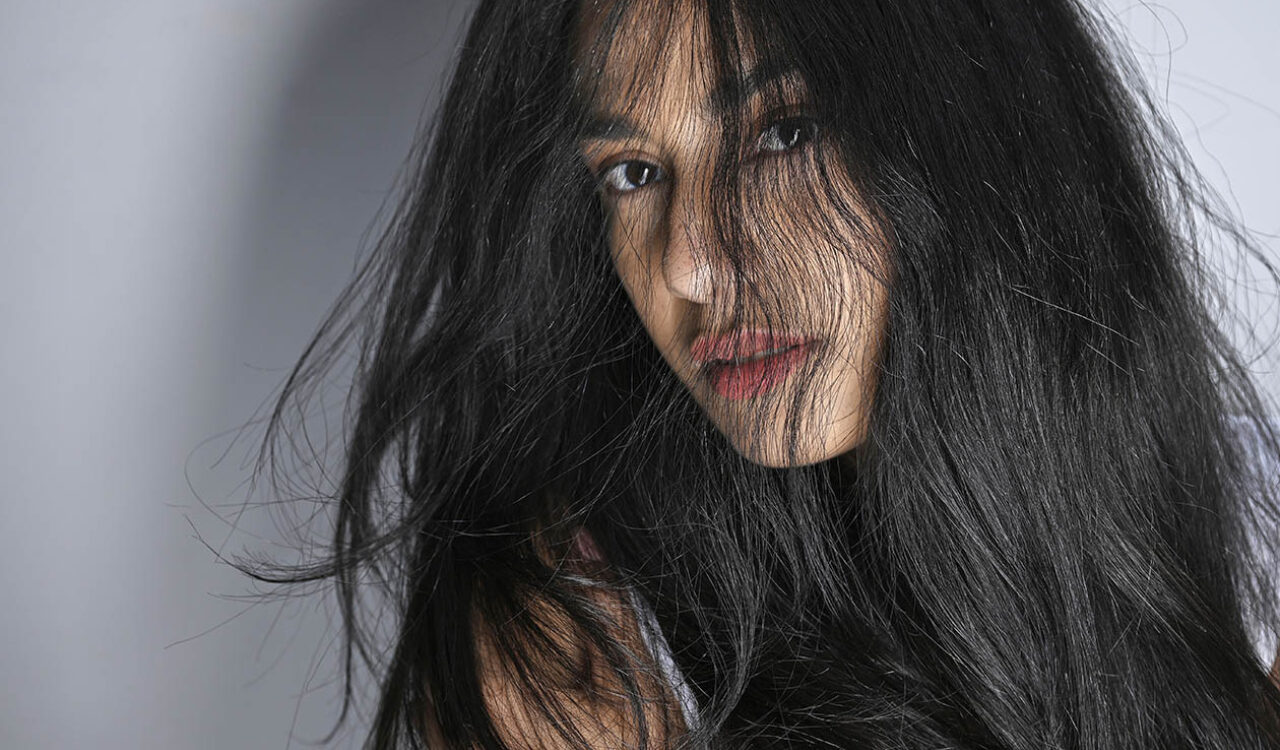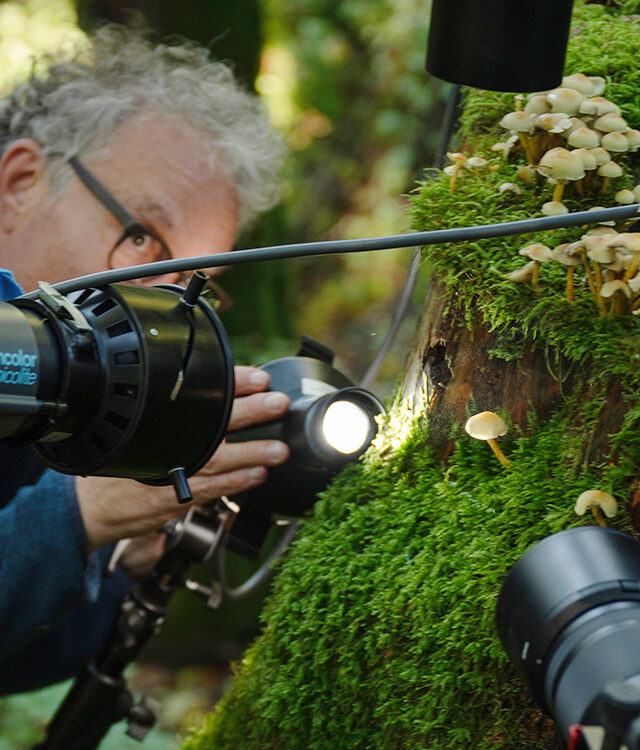Dripping fruit
Food photography is widely understood as the depiction of a dish on a plate. David Weimann proves that this is far from the end of food photography, for instance in his series "Dripping".
David Weimann, who lives in Germany, describes himself as a "food and still-life photographer with a modern pop art style, spiced with a little punk". His distinctive images regularly achieve top placings at awards, such as the Pink Lady Food Photography Award several times and also the coveted Cewe Photo Award.
"It is very exciting for me to always find new and unusual perspectives for my models, to abstract from the background and give it a very unique pop art vibe. One of my design tools for this is very hard light. I deliberately avoid any kind of diffusion in most of my shots. In addition, I only work with one to a maximum of two light sources and supplement these with reflectors, mirrors and shaders," says David Weimann.
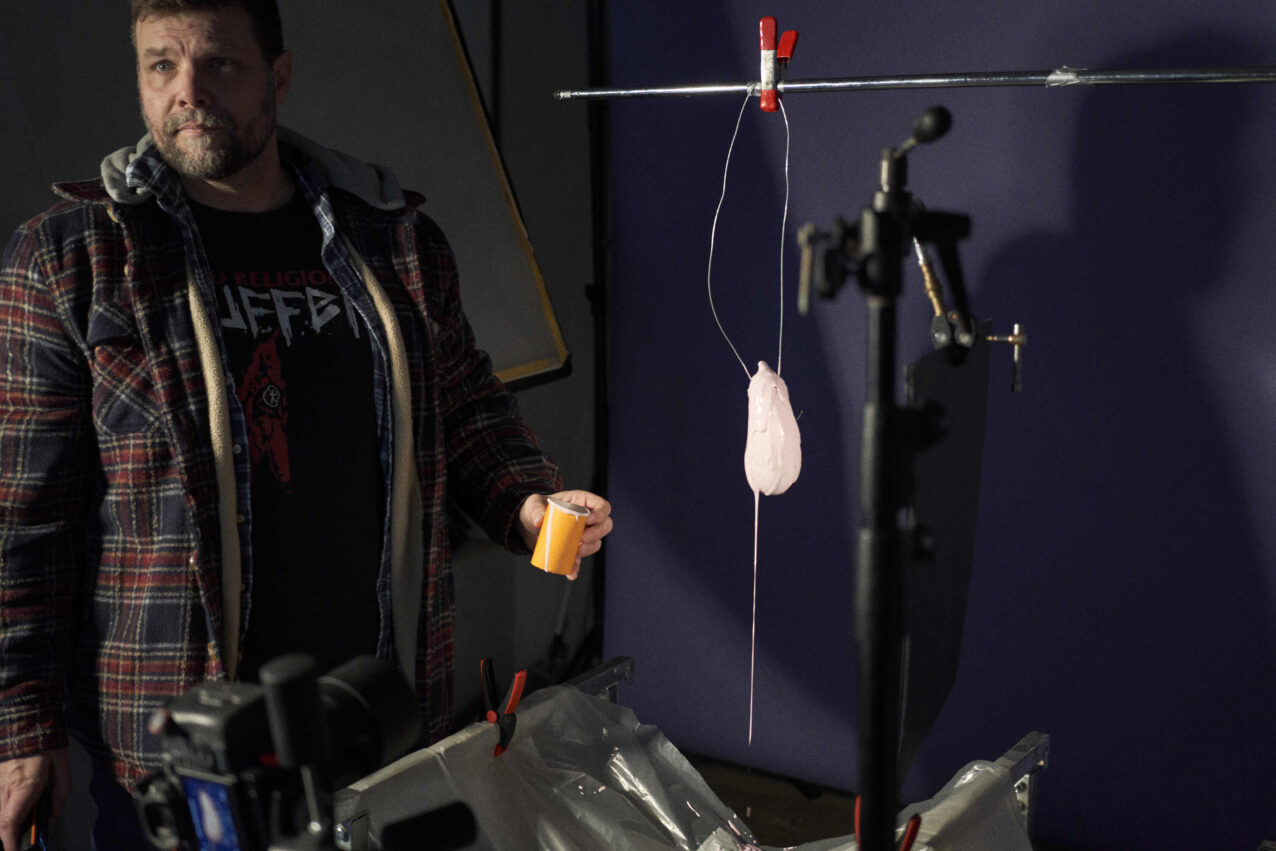
In the "Dripping" series, various fruits were attached to a gallows tripod with fixed wire, doused with liquids and then sprayed with silver-coloured glitter. For most of the fruits, viscous caramel was used; for an aubergine, a pink wall paint was used. This had the advantage that it did not require fast shutter speeds and there was enough time to spray on the glitter. Interestingly, the caramel as well as the wall colour had similar slow drip properties.
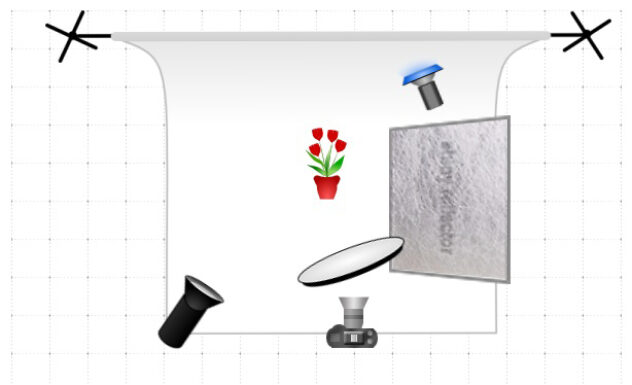
The lighting for the series is deliberately kept simple. A Siros 800 S with a P70 standard reflector is aimed at the left front of the subject (main light). The background light is provided by another Siros 800 S monolight to the right behind the subject. A coloured foil in a similar shade of the background supports its effect.
This light setting creates a very narrowly focused light gradient, starting from the upper right corner. A reflector on the right picks up the main light and creates some brightening and highlighting on the right side of the fruit. A silver reflector from below completes the set-up. The very hard light makes the textures much more visible than with a soft light; in addition, clear highlights can be set in the reflective surfaces.
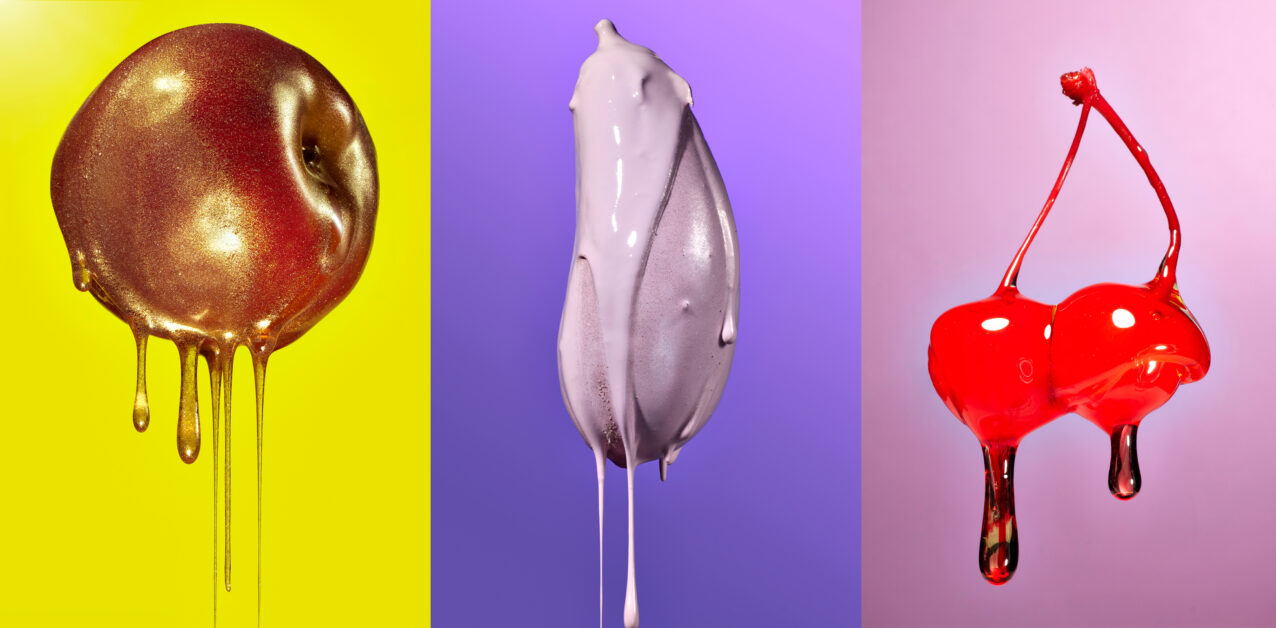
In post-processing, only the background was cleaned up by converting the colours from the shot into a gradient and placing it behind the cropped object. A good tool for this is Quick Mask in Adobe Photoshop.
The series was shot with a Canon R5 camera with a 100 mm Macro Canon RF lens including polarising filter with the settings ISO 100, t 1/100, f25 and tethered to Capture One software.
For more information on this series and other projects: www.davidweimann.com
Photographer: David Weimann, Instagram: @david_weimann
Assistant: Matthes Kalter



